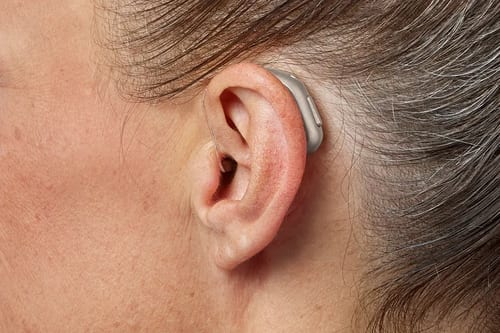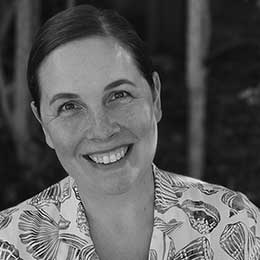Hearing aids are an important investment in your quality of life, and for many people, private health insurance can make that investment more affordable. Most major Australian health funds include audiology services in their extras cover, but the amount you can claim varies widely between funds and plan types. Understanding how rebates, waiting periods, and benefit limits work can help you make the most of your cover.
What Do Health Funds Cover?
Private health insurance extras cover generally helps with two parts of audiology care:
Audiology consultations – Rebates for appointments with an audiologist, usually with an annual cap. For example, some policies cover $35–$80 per visit, with yearly limits ranging from $200 to $500.
Hearing aids – Rebates are typically available once every 3–5 years, ranging from $400 to as much as $1,800 depending on your fund and plan level.
Waiting periods – A 12-month waiting period for new hearing aids is standard. Consultations often have shorter waits or none at all.
Frequency limits – Benefits reset annually for consultations but may only renew every 3–5 years for hearing aid rebates.
Health Funds That Commonly Cover Audiology
Here are some of the popular health funds and examples of their extras plans:
AHM – Family Extras and Super Extras offer consultation rebates (up to $450/year) and hearing aid benefits (up to $1,600 every 3 years). Source
Medibank – Top Extras provides up to $1,200 for hearing aids every 3–5 years. Consultation cover varies by policy. Source
Bupa – Top Extras and Super Extras offer rebates for hearing aids (up to $1,200 every 3 years). Source
HCF – Top Extras pays up to $70 per consult with an annual cap of $500 and up to $1,800 for hearing aids every 3 years. Source
Australian Unity – Extras plans include $80 per consult and hearing aid rebates up to $1,000. Source
NIB – Top Extras covers up to $1,200 for hearing aids every 5 years. Source
GMHBA – Mid and Top Extras provide rebates for both consultations and hearing aids. Source
Defence Health – Extras plans include set benefits for both consultations and devices. Source
Because benefits and eligibility change regularly, it’s essential to confirm directly with your health fund before making a purchase.
Government Programs and Medicare
Private health insurance isn’t the only way to access support for hearing care. The Australian Government Hearing Services Program (HSP) provides fully or partially subsidised hearing aids and audiology services for eligible pensioners, veterans, and other approved groups.
Since 2023, Medicare offers limited rebates for diagnostic audiology with a GP or specialist referral, but hearing aid devices themselves are not covered unless you qualify for HSP.
Choosing the Right Plan
When comparing extras cover, look closely at:
Which services are covered – lower-tier plans may exclude audiology altogether.
Waiting periods – especially if you’re planning to purchase hearing aids soon.
Rebate frequency – most hearing aid benefits can only be claimed once every 3–5 years.
Annual limits – for consultations, which can affect how often you seek follow-up care.
It’s also worth checking whether your audiologist can process claims on the spot through HICAPS for faster rebates.
Private health insurance can ease the cost of hearing care, but the details matter. At The Audiology Place, we work with all major Australian health funds and can help you understand your rebate options before you make a decision about hearing aids. We also provide guidance on government programs like the Hearing Services Program to ensure you access every benefit you’re entitled to.
If you’re considering hearing aids, bring your private health policy details with you to your appointment. Together, we’ll work out the best way to maximise your cover and keep your hearing health affordable.



